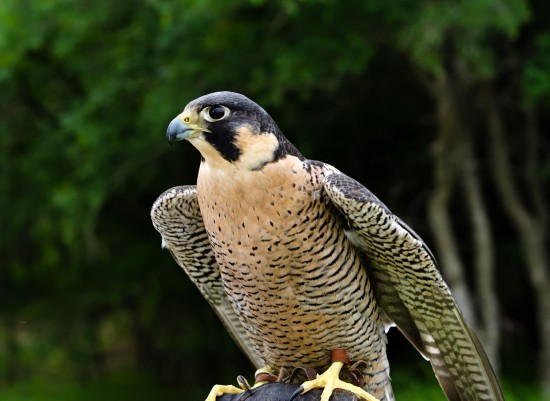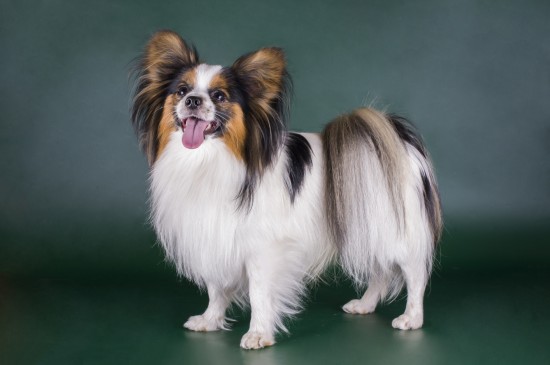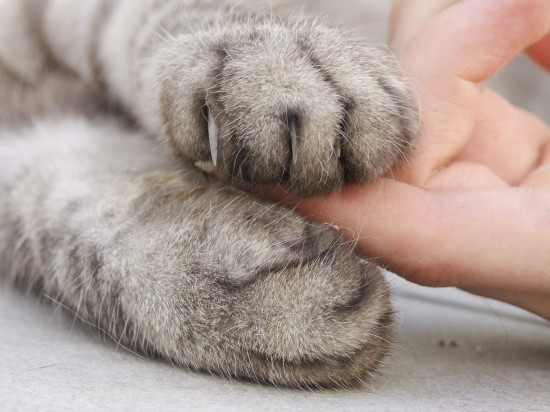Here are three fresh water aquarium fish (Angel Fish, Badis and Black Widow) you can add to your aquarium. Their special characteristics and aquarium requirements are covered: colors, temperament, temperature, breeding and feeding.
Angel Fish - Pterophyllum scalare (Family: Cichlidae):
One of the most beautiful aquarium fish it swims slowly and elegantly and is ideal for a community tank. But note that they can grow to 15 cm long as adults so bear that in mind when calculating the number of fish for your aquarium. They can accommodate a wide range of temperature. Food wise give them a variable diet.
The Angel Fish has a thin oval silvery body with long fins curving backwards. Vertical black stripes go from the eye through the body to the caudal fin. You will know when the fish is frightened as the dark stripes practically disappear. These stripes can hardly be seen in the Black Angel fish as the body is dark colored. The Lace Angel has fins with a black lace effect on them and a darker body then the norm. Another Angel fish, the Veil tail, has longer fins and the color is more like marble.
Unfortunately differentiating between the two sexes is extremely difficult. But when you do get a pair and they mate they act as good parents and will stay as a pair. Wide leaved thickly planted plants are needed for the breeding tank with low light conditions. After a couple of days the fry will hatch from the sticky eggs. You should be aware that eggs and fry may be eaten by these fish if they are frightened - so do not frighten them! Feed the very hungry fry with infusoria initially before moving on to micro worms and brine shrimps.
Badis - Badis Badis (Family: Badidae):
It is very difficult to specify a specific color for this species because of the high level of variations found. They range from nearly mauve to a reddish color and sometimes there are even red spots on the body. And they change color depending on their environment or if they are breeding! Noticeable features are a dark stripe through the eye, a long dorsal fin and lines around each scale. The dorsal fin may have blue green vertical stripes in it.
Normally only live food will be taken by them and a temperature range of 20 to 26 degrees Centigrade is suitable with hiding places provided by a thickly planted aquarium. Because it behaves fine with other fish the Badis is suitable for your community aquarium. However they can argue amongst themselves but injury is unlikely.
Before pairing them up for breeding, bear in mind (no pun intended) that if the female is not bigger than the male then she can be seriously injured by the male. As the Badis is a cave dweller then use a flower pot on its side in a thickly planted breeding tank at 29 degrees Centigrade. After the eggs have been laid in the pot take the female out of the tank and wait till the eggs have hatched before taking the male out. Feed the fry on infusoria.
Black Widow - Gymnocorymbus ternetzi (Family: Characidae):
Ideally suited to a community aquarium the Black Widow is a popular choice for a fresh water aquarium fish, being peaceful and only growing up to 6.5 cm in length. It is particularly badly affected by poor water quality so take note. Look out for signs of it swimming with its head down and take immediate action. Although a variety of foods can be used it is best to use live foods.
The fish has bright eyes circled with red and a silver green shiny body with vertical dark bands. Seeing the differences between the sexes is not easy but the female has a fatter body and the male has wider anal and frontal fins and sharper dorsal fins. With respect to breeding the water should be at 24 degrees Centigrade, you need floating plants and plant the tank thickly at one end.
Eggs are scattered about with some dropping to the bottom of the tank and some sticking to the plants. To protect newly hatched fry, remove the male and female from the tank straight after spawning has taken place. They should be fed on infusoria to start with followed by micro worms and daphnia.

 Interesting Facts About Peregrine Falcons
Interesting Facts
Interesting Facts About Peregrine Falcons
Interesting Facts
 Responsible Factors For Shih Tzu Allergies
Responsible Factors For Shih Tzu Allergies
Shi
Responsible Factors For Shih Tzu Allergies
Responsible Factors For Shih Tzu Allergies
Shi
 Canine Communication - Three Ways In Which You Might Be Doing Your Dog A Disservice
Canine Communicat
Canine Communication - Three Ways In Which You Might Be Doing Your Dog A Disservice
Canine Communicat
 Canine Coat Growth And Shedding Explained
Canine Coat Growt
Canine Coat Growth And Shedding Explained
Canine Coat Growt
 How To Give Your Cat A Monthly Health Check
How To Give Your
How To Give Your Cat A Monthly Health Check
How To Give Your